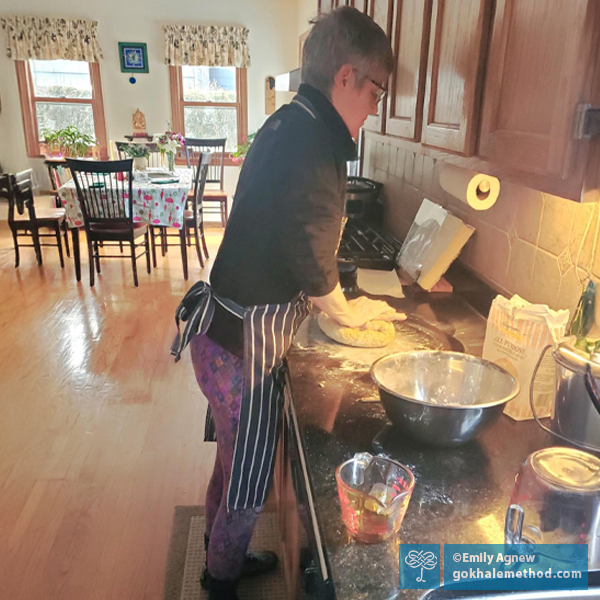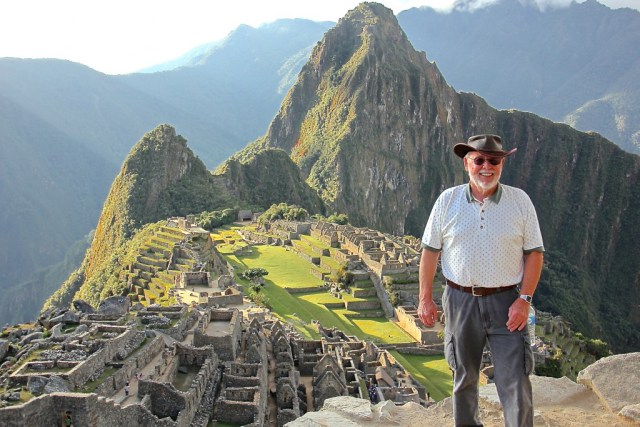My Gokhale Method® journey has unfolded in stages. I attended an in-person weekend Gokhale® Foundations course in 2016, seeking relief for a stiff neck. My neck had been a chronic problem during my long career as a professional oboe player, and it was now much worse after a freak fall down the stairs. As I began to incorporate the Gokhale principles into my daily life, my neck gradually improved.
Posture Journey: Mike King
A quote from one of my cherished Gokhale Method students captures the before of his posture-improving, pain-eliminating journey with me:
"I was a managing director at a telecommunications company supervising a lot of people, but there would be days when I’d put in my time lying on the floor in my office--to take pressure off my spine. At first colleagues would walk in and do a double-take, but gradually they become accustomed to my having to stretch out the floor while I worked. This had become my new normal."


